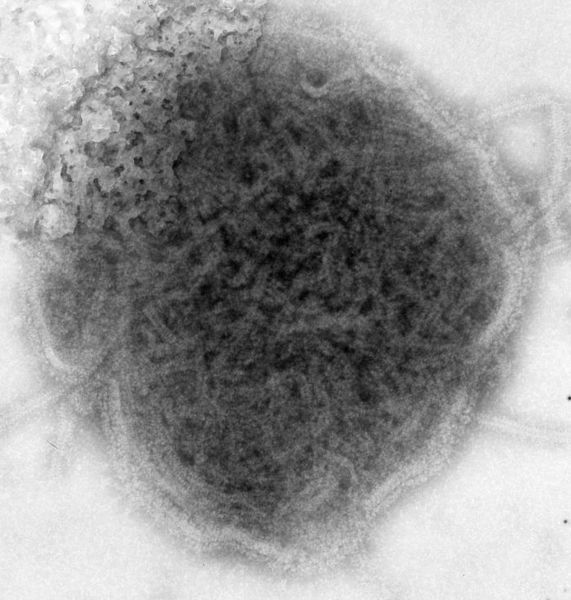-
 Body temperature
Body temperature
-
 Ekpyrotic cosmology
Ekpyrotic cosmology
-
 Expanded polystyrene
Expanded polystyrene
-
 Inductive effect
Inductive effect
-
 Event horizon
Event horizon
-
 Erythematous
Erythematous
-
 Sponge
Sponge
-
 Haemorrhoids
Haemorrhoids
-
 Segregation
Segregation
-
 Small intestine
Small intestine
-
 Transgenesis
Transgenesis
-
 Flagstone
Flagstone
-
 Telescope
Telescope
-
 Stockholm Conference
Stockholm Conference
-
 Myeloma
Myeloma
-
 Phenobarbital
Phenobarbital
-
 Micron
Micron
-
 Becquerel
Becquerel
-
 TWMD
TWMD
-
 Saprophage
Saprophage
-
 Syngas
Syngas
-
 Globular cluster
Globular cluster
-
 Electric field
Electric field
-
 Anosognosia
Anosognosia
-
 Wafer
Wafer
-
 Plasmon
Plasmon
-
 Palliative
Palliative
-
 Call waiting
Call waiting
-
 Sandia
Sandia
-
 ICC Profile
ICC Profile
Mumps virus
The virus, or Myxovirus parotitis, causes mumps.
Features of the mumps virus
The mumps virus is a virus belonging to the Paramyxoviridae family and the Rubulavirusgenus. The virion is spherical, 150 nanometres in diameter, and is enveloped by a membrane obtained from the cell from which it originates. It has negative polarity (not directly coding) RNA genome of more than 15,000 bases. It codes for 8 proteins including the SH protein, a small hydrophobic protein which inserts into the envelope.
Mumps virus and mumps
The mumps virus has tropism for the respiratory system through which it enters the body. It then spreads to the whole body in the blood. In particular, it colonises the glandular system and central nervous system.
The virus enters the target cell by the viral envelope attaching to and fusing with the cell membrane. The encapsulated RNA is released into the cytoplasm where it is transcribed into messenger RNA that in turn is translated into proteins. After the viral genome has replicated and capsid proteins have accumulated, new virions are created and excreted.
 The mumps virus belongs to the Paramyxoviridaefamily. © DR
The mumps virus belongs to the Paramyxoviridaefamily. © DR
Latest
Fill out my online form.



